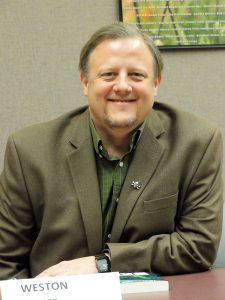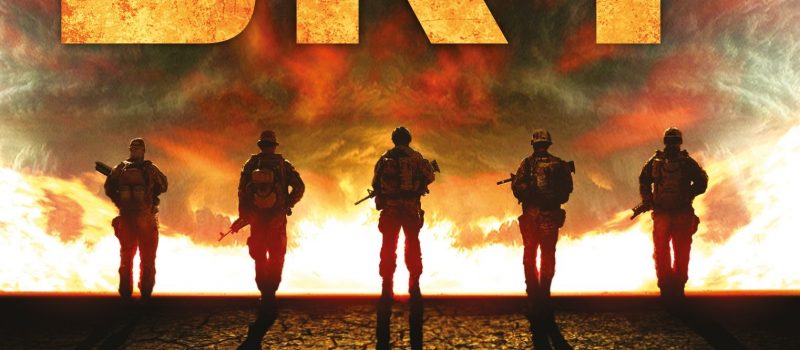Weston Ochse Guest Post–“Found Footage Fiction”
Despite the earlier revolting Cannibal Holocaust in 1980, The Blair Witch Project firmly established found footage as a film genre in1999. The shaky-cam unreliable narrator film about three students who disappeared in a Pennsylvania forest opened the door for the immensely popular Paranormal Activity franchise. Seeing events unfold on a second internal screen somehow made them feel more real to the viewer. The horror we felt while watching was predicated on the idea that the camera can’t lie. But could the same technique work in fiction?
How do you pull off found footage in fiction? In a film, it’s a film within a film. Can you have a book within a book? Can you layer real and fictitious secrets then reveal them through the aperture of a page? Argentine writer Jorge Luis Borges did it in his 1940 story “Tlön, Uqbar, Orbis Tertius”. In the space of a short story, Borges creates varying layers of reality by providing real people and places and mixing them with fictional people and places, all based around a fictitious entry in the fictitious Anglo-American Cyclopaedia. In this case, one thing is less fictitious than the other, all of which is discovered by the characters in the story, which unveils, as it should, a mystery.
This unveiling of mysteries using fact and varying degrees of fictitious detail are the hallmark of found footage fiction (F3). My first encounter with F3 was with the incredibly claustrophobic but masterly written Night Film by Marissa Pessl. The daughter of a reclusive cult director is found mysteriously dead and an investigative journalist tries to find out why. What really made this seemingly straightforward mystery fly was Pessl’s use of F3. She created the entire backstory of the director, including all of his movies, fetishes, friends, enemies, including in the book fictitious maps, articles, photos, websites, satellite imagery, all provided to the reader as proof of the real existence of the fictitious subject of the book.

Last Days by Adam Neville is about a documentarian who is asked to make a film about a cult who committed horrific acts in the ’70s. Last Days has been called docu-horror, but is also really F3. Not only did Neville create the backstory of the cult, but he gave us Kyle, the documentarian, and Dan, the cameraman, who we follow around and note variances in the fiction of the book, and the fiction as seen through the lens of Dan’s camera.
Like in Last Days, Gemma Files’s novel Experimental Film also seems to recognize its found footage film cousin and uses it to progress the plot. At the center of this book are a cache of silver nitrate films that provide scenes that seem fantastical and impossible. The more the main character inquires about it, the more odd things become, until in the end things are about as horrific as they could become.
John Langan in Locus Magazine referred to both Night Film and Experimental Film as stories of forbidden texts, such as the Necronomicon and Ramsey Campbell’s Ancient Images. Last Days could easily be included as a story of a forbidden text, but F3 has more to do about craft than story. For F3 to succeed, layers of reality must be sandwiched between layers of fiction until the reader is unsure which is which.
The successes of the horrors unveiled from these three books are predicated on each author’s ability to create a world within a world and present it as both real and fictitious. The more real and less fictitious the elements seem, the more successful the plot. As is true with The Blair Witch Project and other found footage films, it is in our belief that the real horror takes place. For if we believe what we are reading to be true, even a little of it, the fear of the real is amplified.

Weston Ochse is an American author and educator. He has won the Bram Stoker Award for Best Fist Novel and been nominated for the Pushcart Prize for his short fiction. He is a former intelligence officer and special operations soldier. His latest novel, Burning Sky, is out now and available to order from Solaris.





